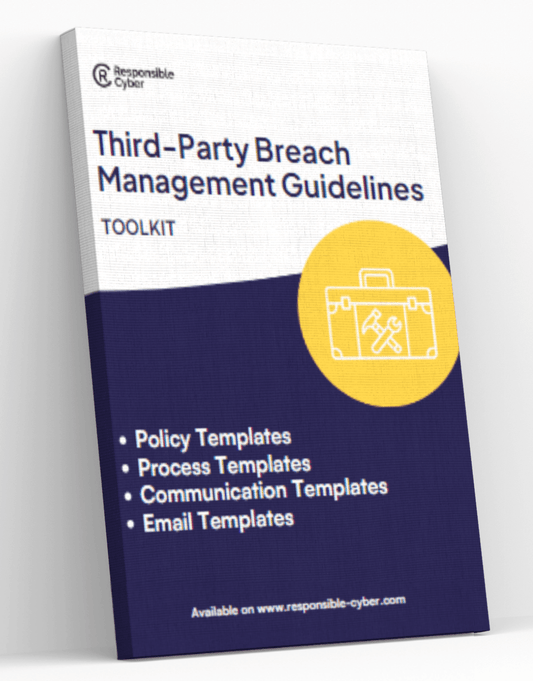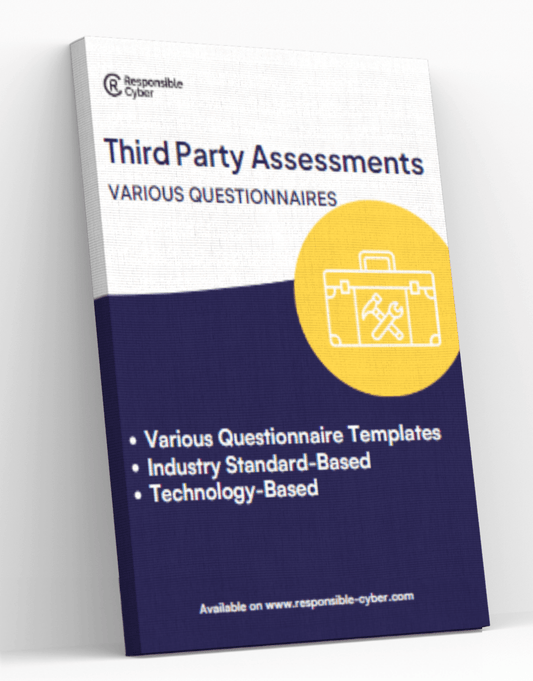Understanding and Implementing Effective Vendor Risk Management

Organizations increasingly rely on external vendors for services and products essential to their operations. However, this dependence introduces various risks, necessitating a robust vendor risk management (VRM) strategy. This comprehensive article delves into what constitutes a vendor, efficient methods for assessing risks, ongoing monitoring techniques, and best practices for offboarding vendors.
What is a Vendor?
A vendor is typically defined as an external entity that provides goods or services to another organization under terms specified in a contract. Vendors can range from large multinational corporations supplying critical software solutions to small local businesses providing office supplies. Regardless of size or the nature of the services provided, any external party that contributes to an organization’s operational capabilities is considered a vendor.
The Importance of Vendor Risk Management
Vendor risk management is the process through which an organization identifies, assesses, mitigates, and monitors the risks associated with outsourcing its operations to third-party vendors. Effective VRM is crucial because it helps prevent supply chain disruptions, protects against data breaches resulting from third-party vulnerabilities, and ensures compliance with industry regulations.
Efficient Vendor Risk Assessments
Step 1: Establishing Criteria for Risk Assessment
Before you can effectively assess a vendor, it is crucial to establish the criteria and processes for the risk assessment. These criteria often depend on the nature of the vendor’s engagement and the potential risks they might pose. Common assessment criteria include financial stability, compliance with relevant laws and regulations, cybersecurity measures, and the operational resilience of the vendor.
Step 2: Gathering Information
Effective vendor risk assessments rely heavily on gathering the right information. This typically involves collecting data through questionnaires tailored to the specific risks associated with the type of service or product the vendor provides. For instance, if data privacy is a concern, the questionnaire should include detailed inquiries about the vendor’s data handling and protection practices.
Step 3: Conducting Risk Analysis
Once the relevant information is collected, the next step is to analyze it to identify potential risks. This analysis should consider the likelihood of a risk occurring and the impact it would have on the organization. Tools such as risk matrices or software platforms that specialize in risk analysis can aid in this process, providing a structured way to evaluate and prioritize risks.
Monitoring Vendors
Effective VRM does not end with the initial assessment. Continuous monitoring of vendor performance and risk exposure is essential. This can be achieved through various methods:
- Regular Audits: Scheduled and surprise audits can help ensure vendors comply with the terms agreed upon and adhere to industry standards.
- Performance Reviews: Regular meetings to review performance metrics and discuss any issues that arise can help maintain a good working relationship and keep risk management efforts on track.
- Escalation Procedures: Establishing clear procedures for escalating issues related to vendor performance or compliance is critical. This ensures that potential risks are addressed promptly and effectively.
Offboarding Vendors
Eventually, a relationship with a vendor will end, whether due to the conclusion of a contract, failure to meet performance standards, or strategic realignment. Efficient offboarding of vendors is critical to ensure that the separation process does not introduce new risks.
Step 1: Notification and Transition
The first step in offboarding a vendor is formally notifying them of the decision in accordance with the terms laid out in the contract. Following this, a transition plan should be established. This plan outlines how services, products, and responsibilities will be transferred away from the vendor without disrupting business operations.
Step 2: Data and Access Retrieval
Ensuring that all proprietary data and access credentials are retrieved or securely disposed of is essential. This prevents potential data leaks or unauthorized access post-termination.
Step 3: Final Settlements and Reviews
The final step involves settling any outstanding payments and conducting a final review of the vendor’s performance. This review can provide valuable insights that can be used to improve future vendor risk management processes.
Conclusion
Vendor risk management is a critical aspect of modern business operations, involving detailed risk assessments, continuous monitoring, and efficient offboarding processes. By understanding the roles vendors play, assessing their risks thoroughly, maintaining vigilant oversight, and managing the end of vendor relationships effectively, organizations can safeguard their operational integrity and enhance their overall risk management strategy. This holistic approach not only mitigates risks but also fosters a competitive edge in the business environment.
Frequently Asked Questions about Vendor Risk Management
What is vendor risk management (VRM)?
Vendor risk management is the process through which an organization identifies, assesses, monitors, and mitigates the risks associated with outsourcing parts of its business operations to third-party vendors.
Why is vendor risk management important?
VRM is crucial because it helps prevent operational disruptions, secures data, ensures compliance with regulations, and maintains organizational integrity by managing the risks introduced by external suppliers and service providers.
What are the key components of an effective VRM program?
An effective VRM program typically includes:
- Risk identification and assessment,
- Due diligence and vendor selection,
- Ongoing monitoring and performance evaluation,
- Compliance checks,
- Offboarding procedures.
How do I identify potential vendor risks?
Vendor risks can be identified by analyzing the vendor's business stability, industry reputation, compliance with relevant regulations, cybersecurity measures, financial health, and operational resilience.
What tools can assist in vendor risk management?
Organizations can use a variety of tools, including specialized software for risk assessment and monitoring, third-party management platforms, and standardized questionnaires like the SIG (Standard Information Gathering) questionnaire for due diligence.
How often should vendor risks be assessed?
The frequency of risk assessments can vary based on the vendor's importance and the risk they pose. High-risk vendors should be assessed at least annually, while lower-risk vendors might be assessed less frequently.
What is involved in the due diligence process for new vendors?
Due diligence involves verifying the vendor's business credentials, financial stability, compliance with laws and regulations, cybersecurity protocols, and assessing their capability to deliver the contracted services or products reliably.
How do I monitor vendor compliance and performance?
Vendor compliance and performance can be monitored through regular audits, performance reviews, and tracking compliance with service level agreements (SLAs).
What are the best practices for managing vendor data security?
Best practices for managing vendor data security include requiring vendors to adhere to strict data protection standards, conducting regular security audits, and ensuring that data access is limited to what is necessary for the vendor to perform their contractual duties.
How should a company offboard a vendor?
Offboarding a vendor should involve:
- A formal notification of contract termination,
- A comprehensive transition plan to transfer services and responsibilities,
- Retrieval of all proprietary data and access rights,
- Final settlements and a review of the vendor's performance throughout the engagement.
Can VRM help in improving business efficiency?
Yes, effective VRM not only mitigates risks but also improves business efficiency by ensuring that vendors meet performance standards and contribute positively to the business without causing disruptions.
What are some common mistakes in vendor risk management?
Common mistakes include not conducting thorough due diligence, infrequent monitoring of vendor performance, poor communication of expectations and requirements, and inadequate preparation for vendor offboarding.
How can VRM impact an organization's compliance with regulations?
VRM plays a critical role in ensuring that both the organization and its vendors comply with relevant industry regulations, thereby avoiding legal penalties and maintaining operational legitimacy.
How should an organization respond if a vendor fails to meet performance standards?
The organization should engage the vendor to identify the root cause of the issue, implement corrective actions, and monitor the situation closely. If performance does not improve, the organization may need to consider offboarding the vendor.
Third-Party Risk management is no longer a luxury reserved for the few:
- The Importance of Effective Third-Party Risk Management and PCI DSS Compliance
- Third-Party Risk Management Compliance in France
- Third-Party Risk Management Compliance in Australia
- Third-Party Risk Management Compliance in the UK
- Third-Party Risk Management Compliance in Singapore







